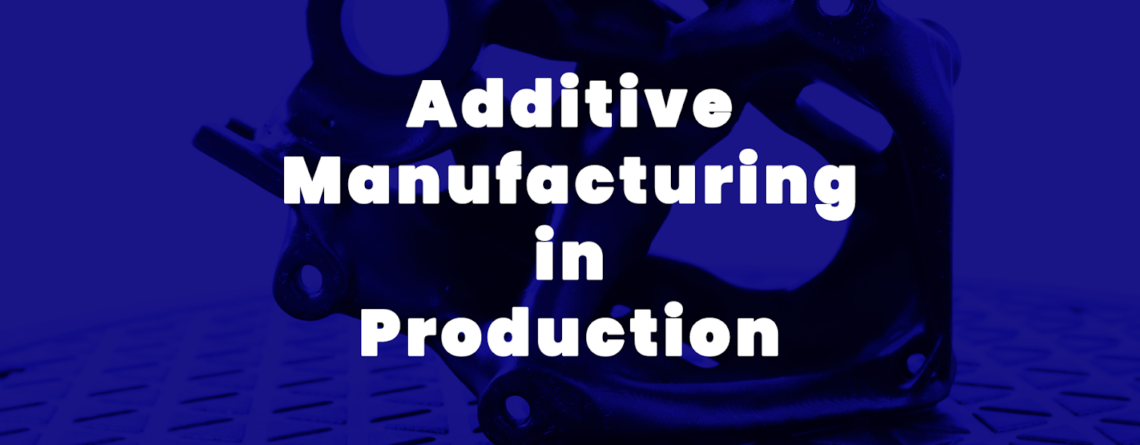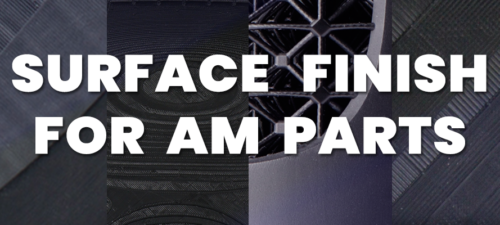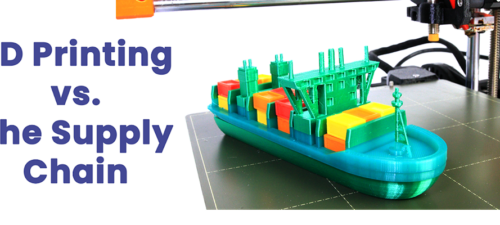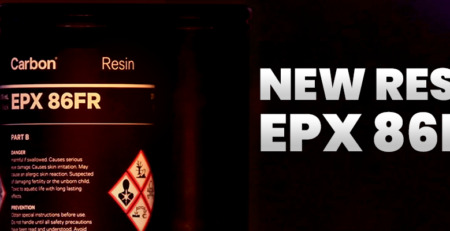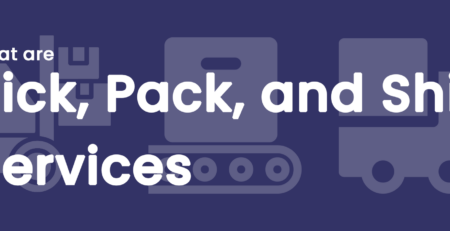Integrating 3D Printing into Manufacturing
Al2023-09-25T13:40:55+00:00The rapid development of 3D printing has been a boon for manufacturers looking to iterate quickly and design products with geometries once thought impossible through injection molding or subtractive manufacturing. With this explosion of options and techniques comes added complexity, which makes knowing what technology is best for a given situation tricky. Below we list some of the details manufacturers should evaluate when integrating additive manufacturing into their production.
Selecting Printer Types
The sheer variety of printer types can be the first obstacle when dialing in a manufacturing process. SabeRex houses several of these printers, such as DLS, SLA, and FDM to tackle any situation a partner brings to us. We consider volume, speed, level of finish desired, and material requirements to determine which printer type suits a particular project.
For example, work that requires large quantities and professional finish calls for printers such as Carbon’s M2 and its DLS technology. For faster work and prototyping that requires less finish and post-processing, SLA and FDM are worth considering.

Verification/Qualification
It’s important to evaluate which additive manufacturing processes and materials meet the qualifications set by the authority of a given industry, such as the FDA, FAA, or NHTSA. These standards (ISO, ASTM, UL, IATF) address a range of aspects in the design process such as equipment, material, and certification qualifications.
Put another way, before integrating 3D printing, manufacturers need to determine whether they or their production partners have an appropriate space for a machine and whether that machine has been correctly installed and calibrated. They then must determine if that machine is using materials that are cleared for their chosen industry. After the parts are produced, it’s integral that a quality management system is in place to monitor the production process and continually improve it over time.
Calibration
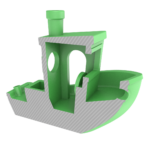
Once it is confirmed that the chosen printer operates within tolerances acceptable to industry standards, it’s time to verify that the specific machines being used are calibrated to produce the stated tolerances.
SabeRex employs a variety of methods to make sure machines are calibrated correctly; depending on the type of printer used. Some might be familiar with models such as “Benchy” (pictured right) which are primarily used in hobbyist spaces and allow for users to compare a known entity against what they produced.
SabeRex utilizes a similar, though more sophisticated, method with an artifact possessing set attributes meant to represent all the different characteristics a model could have (e.g. round/beveled edges, extrusions/indentions, etc). The printed piece is then examined using a 3D scanner and the result is compared against the original CAD design to determine if the machine needs to be calibrated.
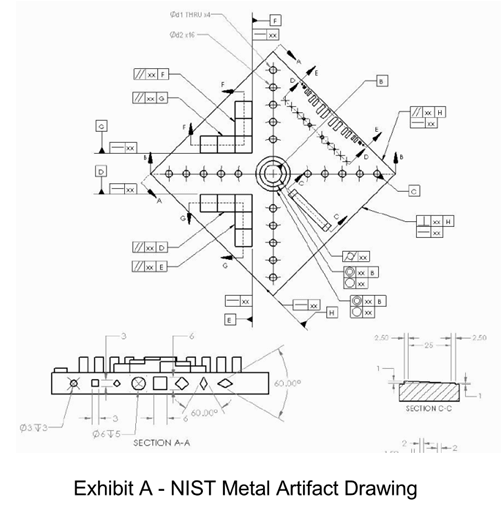
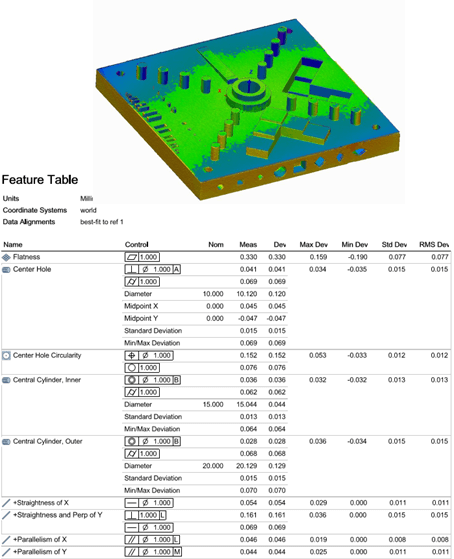
Testing
Reliability testing is a critical part of the production process for two different stages. First, environmental and mechanical tests can qualify certain materials ahead of their use in production. Such tests include HALT/HASS, tensile, hardness, temperature, and salt fog testing. Many of these same tests can and should be performed on the finished part as well because the printing technique and orientation can affect mechanical properties, especially if the part was produced using an anisotropic method such as FDM.
Conclusion
Additive manufacturing has quickly become a preferred tool for many facets of manufacturing. However, since it is still a relatively new technology, efforts have to be taken to make sure that all of the chosen aspects of the 3D printing process are poised to fit into the manufacturing process as a whole. Having a production partner like SabeRex who understands how to leverage this technology to fit into the bigger picture for a variety of industries is the quickest and most effective way most OEMs can start to take advantage of 3D printing. If you are interested in learning more, reach out to us today.

